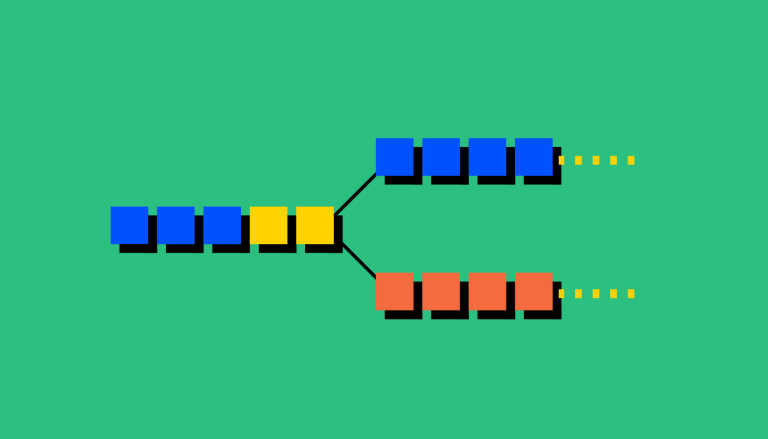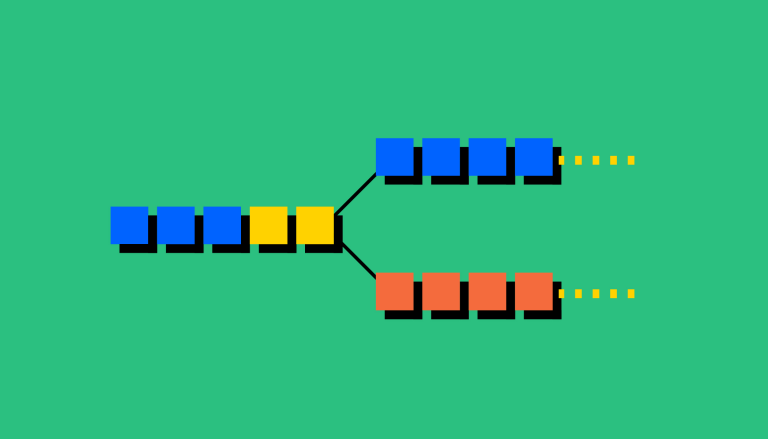What is the difference between a blockchain soft fork and a hard fork?

A soft fork aims to be a backward-compatible upgrade to a blockchain, allowing nodes running older versions to still validate new transactions.
A hard fork is a non-backward-compatible change that requires all nodes to upgrade to the new version, often resulting in a permanent split in the blockchain.
Both soft and hard forks are mechanisms for implementing changes in a blockchain network, but they have different implications for the continuity and security of the network.
Understanding Forks in Blockchain
A fork in the context of blockchain technology refers to a change or upgrade to the underlying protocol of the blockchain. This change can be initiated by developers or community members and requires node operators to upgrade to the latest version of the protocol. Every node in a blockchain network maintains a copy of the blockchain and verifies that new transactions align with its history. Forks can be broadly categorized into two types: soft forks and hard forks.
What is a Soft Fork?
A soft fork aims to be a backward-compatible upgrade to the blockchain protocol. This means that even if some nodes in the network do not adopt the upgraded version, they can still recognize and validate new transactions as per the updated protocol. In essence, a soft fork aims to be a less disruptive update that introduces new features without invalidating the previous versions of the blockchain. However, it's important to note that soft forks do not result in a new currency, and the original blockchain continues to function with the added features.
What is a Hard Fork?
On the other hand, a hard fork is a change to the blockchain protocol that is not backward-compatible. This means that all nodes within the network must update to the new version to validate new transactions. If some nodes fail to upgrade, a permanent split, or "fork," occurs in the blockchain. This split often results in the creation of a new cryptocurrency. For example, Bitcoin Cash was created as a result of a hard fork from the original Bitcoin blockchain.
Implications of Soft and Hard Forks
While both soft and hard forks serve the purpose of implementing changes in a blockchain network, they have different implications for the continuity and security of the network. Soft forks, being backward-compatible, aim to be less disruptive and strive to maintain the safety of the network. They allow for the introduction of new features without causing a split in the blockchain.
Hard forks, however, can lead to significant disruptions. Since they are not backward-compatible, they often result in a permanent split in the blockchain. This can lead to confusion and potential security issues. For instance, if there is a split between the miners who secure the network and the nodes that validate transactions, the network becomes less secure and more vulnerable to attacks.


